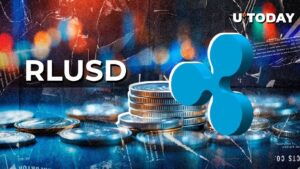Home
Glossary
Anti-dump/Anti-Dumping Policy
The anti-dumping policy is a set of rules that protects investors from falling victim to a pump and dump scheme.
What Is an Anti-Dumping Policy?
Likewise, DrunkDoge regulates price volatility by prohibiting whales from purchasing or selling significant sums of tokens in a single transaction. It has an anti-dumping mechanism in place which enforces a 1/2/6 hour cooling-off period and increased tax after each sale to avoid excessive currency dumping.
To protect investors, there are more policies in place apart from anti-dumping, such as buybacks. Companies use a buyback policy for many reasons—to lower the number of tokens in circulation with time. The aim is to significantly raise token values, generate speculation, and build hype.
Several projects have conducted buybacks including Binance, Nexo, and others. Nexo’s buyback, for example, occurred because the core development team estimated their asset’s depreciation. As a result, they decided to restrict the number of project tokens in circulation which helped in improving the market price.
With the frenzy that surrounds a token price surge, you may be tempted to make an investment or try your luck like everyone else, but there are some ground rules that you must observe.
- Keep an eye out for social media groups that provide free signals indicating that a pump is about to commence. This is one of the signs to identify a P&D scheme, wherein some of the group members can be directing the pump.
- Seek financial guidance from an expert or conduct your own research to make smarter investing choices. Be careful of any influencer you follow who seldom discusses cryptocurrencies and then starts advocating a token randomly.
- Invest an amount that you can afford to lose. It’s possible that an investor may profit from a pump-and-dump if the timing is good, but it’s preferable to anticipate any mishap that finally leads to losing your tokens.




